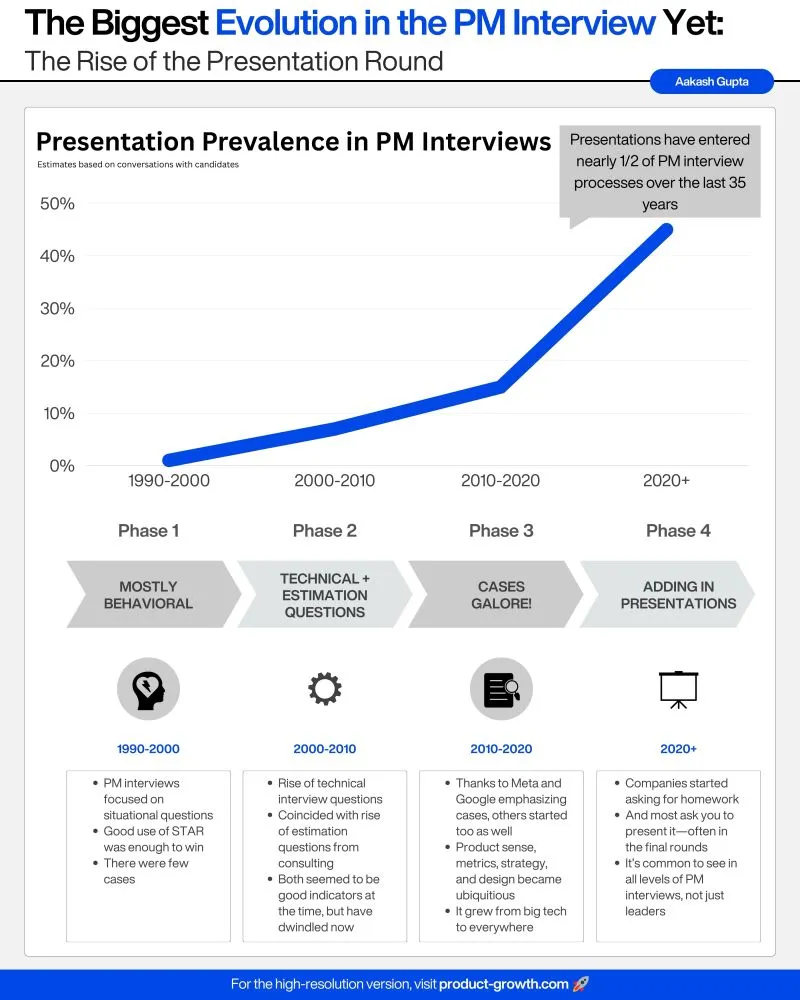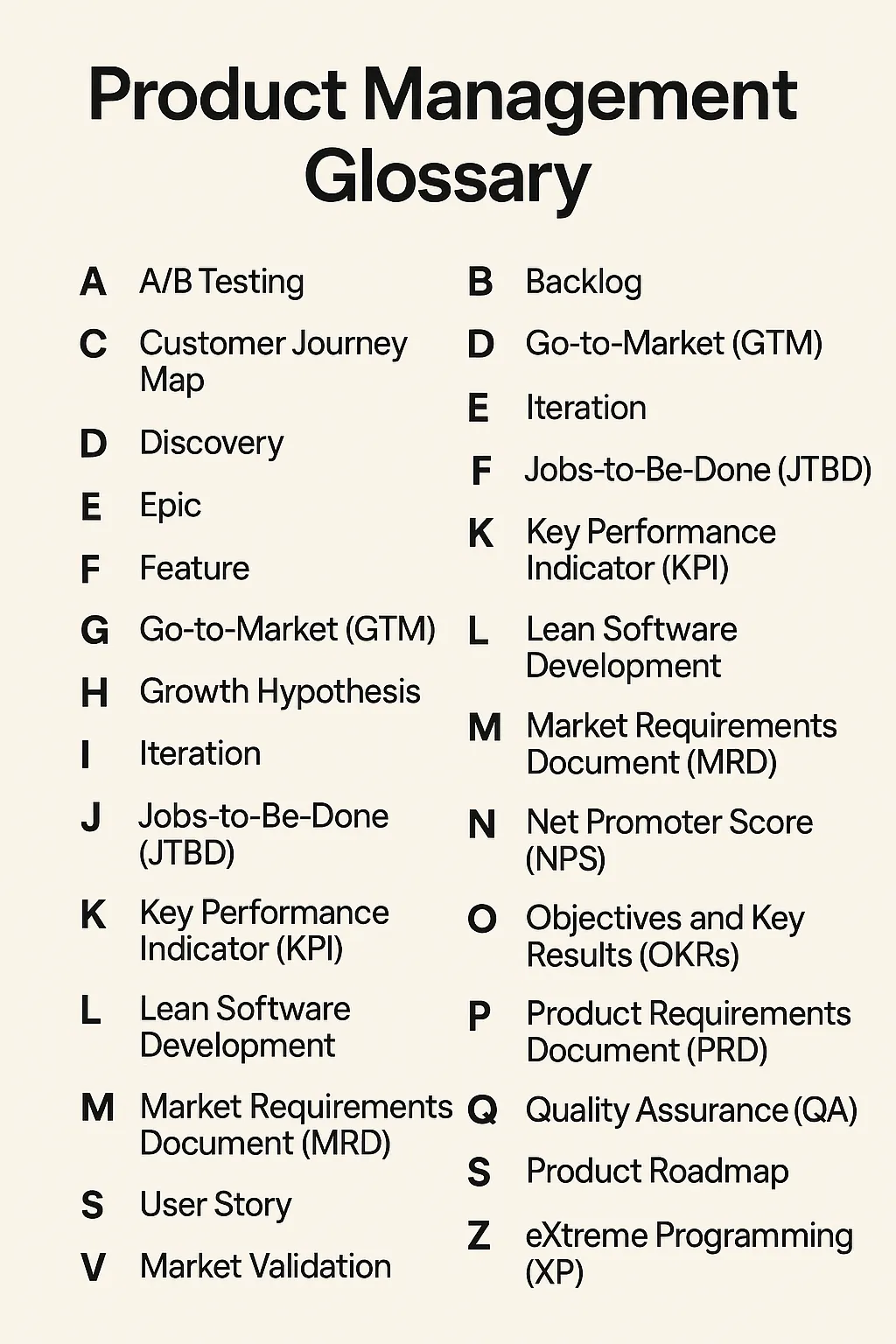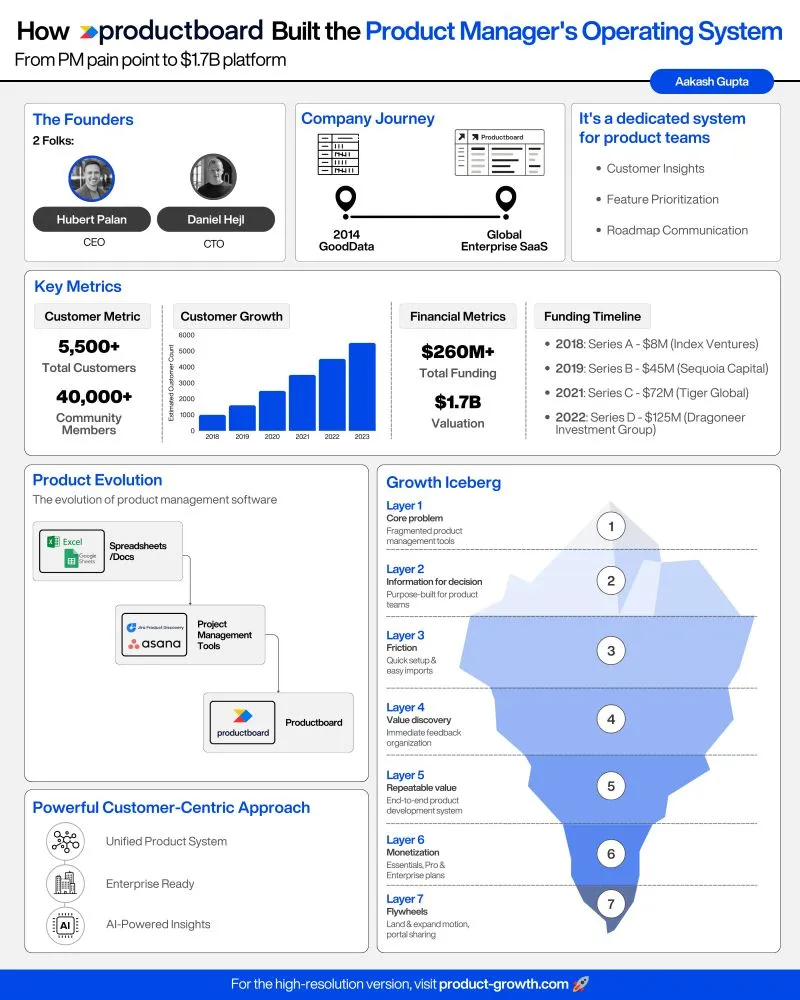
I finally understand what FAANG wants in a candidate
FAANG is an acronym for Facebook, Amazon, Apple, Netflix, and Google.
Disclaimer: I solemnly swear not to brag at every corner that I’m working at Google now. This is the only article I’m mentioning it in. I’m still cool and independent like that — the sunglasses are not just for show, you know.
Getting into FAANG as a non-native English speaker
I’m not the kind of person that employers actively hunt for. None of the company names in my CV will tell you anything. There are at least 2 other challenges that make me “unfit” for many employers, such as:
- my non-nativeness in English (which, in Content Design, is a real joy-killer) and my traceable Slavic accent,
- the necessity for an EU or US employer to provide me with a visa.
Even with these “quirks” — which make me less competitive in the job market — I made it. It’s not because I’m special. It’s only because I learned the unspoken rules of the interview tango. Which, at Google, consisted of exactly 6 rounds.
In this article, I focus on the communication strategies I developed while preparing for the interviews — NOT on the hiring process or the questions I was asked. Although there is no universal resource you can learn from to nail interviews with FAANG, in the case of Google, I found the most useful stuff on Jeff H Sipe’s YouTube channel.
#1: FAANG wants learners, not just “doers”
One of the most common strategies to approach interview questions is the STAR method (situation-task-action-result). STAR is meant to be used for questions like: “Tell me about a time you…
- successfully tackled a task under a tight deadline, or
- pitched an idea, or
- made a mistake, or
- killed a mammoth,
- etc.”
Now, STAR is not very new at all. Moreover, it’s kinda lame. It is a solid way to structure a response, but…
But what it doesn’t teach you is that a candidate shouldn’t spend the same amount of time describing the Situation (S) or Task (T) as they do on their Action (A) or Result (R). The task can be explained very simply, and the nuances of a situation — if it matches the context of a question — do not matter at all.
Most of the response should contain information about your actions and learnings from the situation:

Pie chart by author
Spending 30 seconds talking about that one time Carla deleted your Figma mockup or whatever — describing every little detail of the situation and task — will lose the interviewer’s interest fast.
Instead, you should briefly set the scene and quickly move on to your impact and — what STAR doesn’t explain at all — what you’ve learned.
Mentioning what you’ve learned proves you’re self-aware. Recognizing lessons from past experiences demonstrates:
- you reflect on your actions and
- acknowledge areas for improvement.
Which, in the eyes of FAANG, makes you a little bit cooler.
#2: FAANG wants positive-thinkers ONLY
Most job interviews naturally steer candidates toward discussing negative aspects of their past:
- conflicts,
- failures,
- job changes.
It’s easy to get lured into negativity, but that can hurt your chances of getting hired. No one wants to work with a toxic genius, believe me (at least in FAANG — but if you are a toxic genius, consider Fintech).
Jeff H. Sipe explains how to shape your language to seem more positive:
- Focus on learning, not blame. If you’re asked about a failure, don’t just state what went wrong. Instead, highlight what you learned and how you improved. (Yeah, showing that you can learn is a constant theme.)
- Use constructive words (for example, don’t call your toxic, nasty ex-boss “toxic and nasty,” maybe say “strong-opinionated” instead).
- Ask positive questions at the end. When it’s your turn to ask questions, focus on the exciting aspects of the role:
- “What do you love most about working here?”
- “What’s the most exciting project your team is working on?”
By shaping your language positively, you leave the interviewer with an impression of you as a resilient, growth-oriented, and simply nice person.
#3: FAANG wants people who respect time limits
One of the interview steps at Google is a presentation of your best projects.
You get plenty of time — around 40 minutes — which you spend telling everything awesome about yourself in Google Slides. 40 minutes only seems like a long time.
Without practice, though, you’ll almost certainly go over the limit.
When I rehearsed my presentation, I was surprised to find that speaking through the slides took much, much longer than I had expected. And in an interview, going over the time limit is a big no-no.
Another unspoken rule: respect time limits. No matter how friendly the interviewers seem, going over the allotted time isn’t a good look.
#4: FAANG wants people who know how to fail
Victories are nice but rather boring. Achievements-only stories can’t fully showcase your problem-solving abilities or adaptability, which are important in big tech. Many top employers want to see how candidates handle setbacks.
One of the most common interview questions is: “Tell me about a time you made a mistake or failed.” While it’s tempting to minimize failures, the best approach is to:
- own your mistakes,
- reflect on your mistakes,
- and highlight what you learned.
Prepare the right failure story.
Not too small: “I once forgot to attach a file in an email”. Not too big either, so as not to raise red flags. Just right: “Early in my career, I struggled with stakeholder communication…. I now make sure to… to prevent this.
#5: FAANG wants people who question their actions
This one is a continuation of a company testing if you’re self-aware enough (which is a professional word for “not stupid”).
Now, you will tell how you managed this or that, and, inevitably, will get this question:
— What would you do differently, given more time [or other circumstances]?
The worst answer to this question would be: “Nothing.” There’s always something to improve. For an interview answer, at least.
If you’re caught off guard, you can always frame your answer in terms of efficiency — because efficiency is a key factor in hiring decisions across nearly every industry.
Be always ready to identify an area for improvement. Pick something that would have made the process smoother, faster, or more effective, and suggest something specific to solve it.
Keep it concrete — don’t just say you’d “improve communication.” Instead, explain how: “I’d implement a clearer feedback loop with stakeholders to catch potential issues earlier in the process.”
#6: FAANG or no FAANG— obsessing is never healthy
It’s 2025, for Neptune’s sake. There are so many things more important than working for a certain company.
At Google, recruiters manually scan CVs without using AI. But the hard truth is that getting contacted comes down to luck.
After a certain point, no matter how well-written your resume is, luck plays a bigger role than you’d expect. Will the recruiter spot that tiny mistake you missed? Are they reviewing your CV at the end of a long, exhausting day? Have they had their first coffee yet? Are they hungry?
The outcome isn’t entirely in your hands. It’s influenced by countless small, unpredictable factors.
Don’t obsess over FAANG. Take care of your mental health.








Comments ...
No Comments Yet ...Add One